Jeannie Di Bon’s Zebra Club App – A Review
“Wow,” was the first word that came to my mind when I started to exercise with Jeannie Di Bon’s new program: The Zebra Club. My feelings regarding Jeannie’s new app were very similar to when I read Diana Jovin’s book Disjointed, which I recently reviewed as well. However, I wouldn’t be much of a journalist if that was all I had to say about Jeannie’s incredible achievement.
I am completely smitten by admiration for this huge effort. So much has happened in terms of EDS over the last years, but it is only because of people like Jeannie that we, as patients, are as empowered as we are. The Zebra Club is one of many recent examples that allow us to play an active part in our health care and pave our own path without relying on doctors or other health care professionals. But now on to Karina trying out Jeannie’s app for 30 days. And if you have been wondering: No, it is absolutely impossible to finish all programs in 30 days, even if you would spend 12 hours a day exercising.
Of course, I was so excited about having a physical therapist that actually knows something about EDS that I completely overdid it, but how could I have resisted? As someone who has never had an EDS-knowledgable PT guiding me through a training program, I felt more than motivated.
In my review, my attention focused on the content on the one hand, including how adaptable the exercises were for my needs, and on the quality, design and usability from a practical standpoint.
Design, Quality, Usability
When starting any web-based or app-based new program, of course, the first thing one notices is the design of the offer. Jeannie’s app looks appealing, and I found it rather simple to navigate, with the main categories being orientation, foundation, classes, programs, resources and meet up, and then subcategories under each main category that make it easy to quickly figure out where to find the videos you need. From a journalist and filmmaker’s point of view, I was very interested to see the quality of Jeannie’s videos, and she did not disappoint. These videos are not typical homemade YouTube videos; they are high-quality visuals with great audio, and most importantly, they are filmed from different angles so that we can see how to properly execute all exercises.
Adaptability
One part I was worried about was how adaptable Jeannie’s program is to my needs. I have several neurological complications of EDS, including CCI and AAI, and not many PT exercises do not worsen my symptoms. However, what I immediately realized when I started out was that there is a BIG difference between a therapist who has EDS herself versus someone who has never heard of EDS before. Pretty much every time Jeannie mentioned in a video, “And with EDS, you might hyperextend your elbows with this exercise,” I would look at my elbows and be like, “And I totally just hyperextended my elbows.” Jeannie doesn’t only know how to properly do an exercise, she also knows common mistakes a person with EDS might make, and that’s unique to her classes. “They are all graded by gentle, moderate and challenging. They are also categorized into areas like Mindfulness and Stress and Sleep and Fatigue, so if you are in need of a nurturing, gentle class on a fatigue day, you can head to this section. If you are having a good day and feel strong, there are classes that work on Stability and Strength and even safe Cardio. Many of the classes can be done lying down or seated too. I also created some totally non-weight-bearing classes for people who needed to exercise in bed,” Jeannie adds.
Content
What I enjoyed very much was the balance of exercises for muscular strength and movement but on the other hand also mindfulness and relaxation. To give you a brief insight into the varying categories Jeannie offers, she has dozens of videos on breathing, relaxation, proprioception, stability, balance, mindfulness, sleep and fatigue, pain management, strength, challenge, cardio, everyday mobility and much more. On top of it, even if one could make it through all the videos, she uploads new ones every month.
I started my exercise program with the foundations and then continued to do one session on strength and two other classes each week, as Jeannie recommended. I particularly enjoyed that all strength exercises were tightly connected with the correct breathing technique. Sometimes I thought to myself, “This seems like an easy exercise,” and then I would walk on an imaginary tight rope and struggle to keep my balance. Even after just two weeks of doing those exercises, my posture and balance improved, and more importantly, I did not feel any negative repercussions from exercising as I used to have in the past all the time. Most classes don’t require any exercise equipment or just very little, like a gym ball or resistance bands, which I already had at home. This means you don’t have to buy expensive sports equipment and can immediately start with your training. Jeannie also plans to add captions to all videos to improve accessibility.
Community
Besides the many training videos, the app has a resource section as well as an integrated ‘social network’ where people can connect, ask questions about their progress and mention issues they experience. Jeannie makes sure to answer all questions the members may have. “This is the really unique and exciting part of being in The Zebra Club. We have an inbuilt community that just gets stronger every day. Not only do we have an internal community page where you can post questions and updates to members and ask me questions, I also run monthly live meetings included in the membership price,” Jeannie says.
In conclusion, I can wholeheartedly say that those few pounds per month for Jeannie’s program is probably the best investment for many people with EDS. Of course, we are all different, and some might not be able to do home exercises without a physical therapist guiding them in person, but for those of us who look for home exercises that are specifically designed for people with EDS by a PT who has EDS herself and knows every mistake we could make while executing the exercises, Jeannie’s app is a wealth of resource. “This really is my heart’s work – I felt so passionate about helping people overcome the fear of movement that many of us have and to find ways to manage and alleviate pain through movement therapy. I rehabbed myself from chronic pain; I have worked with 100s of EDS/HSD clients in the studio, so I knew my method worked. I kept hearing that there wasn’t enough information about exercise appropriate for our community out there, so I really hoped I could help. Bringing this online was a great way to help more people around the world. We have members in pretty much every part of the world now, which is just amazing,” Jeannie states. When you watch Jeannie in those videos, you can feel how this isn’t just a job for her. This is the pinnacle of her life’s efforts, and I can’t wait to see what she might achieve in the future. When asked what she wishes to accomplish with the app in the long run, Jeannie says, “That more people can start to live their best life despite having this unpredictable condition like EDS/HSD. I would want more people to feel confident and empowered, to not feel afraid of movement. This condition can take so much away from people – there is a feeling of loss and grief for many of us. I want to give people some element of their life back by helping them feel stronger and in control.”
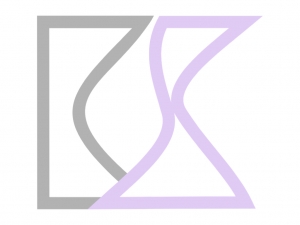
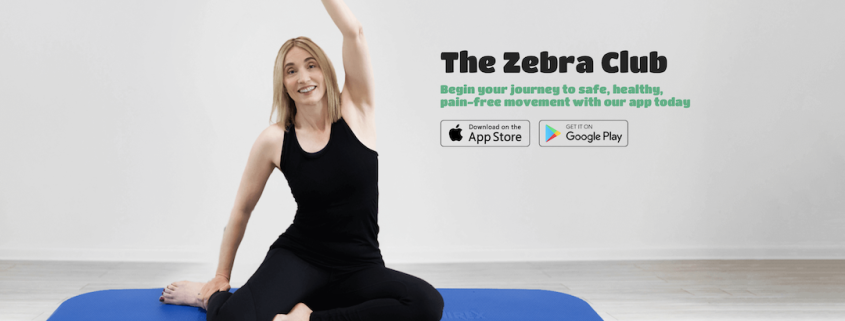
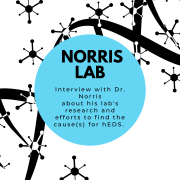
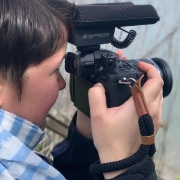 Frank Marx
Frank Marx



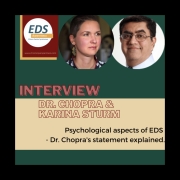
 Trust me, I'm Sick
Trust me, I'm Sick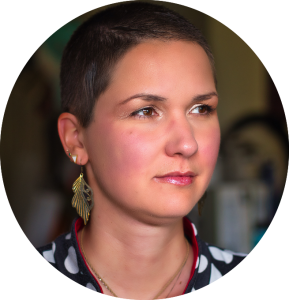


Leave a Reply
Want to join the discussion?Feel free to contribute!